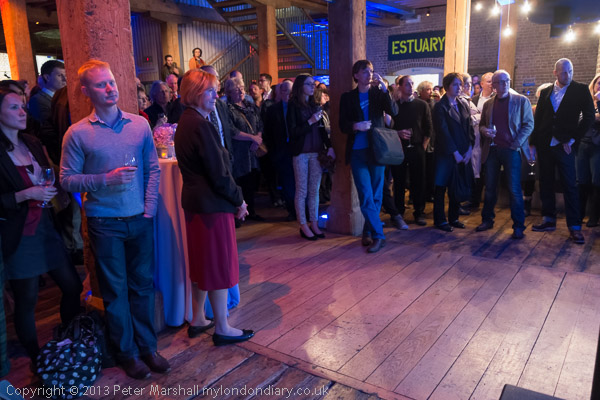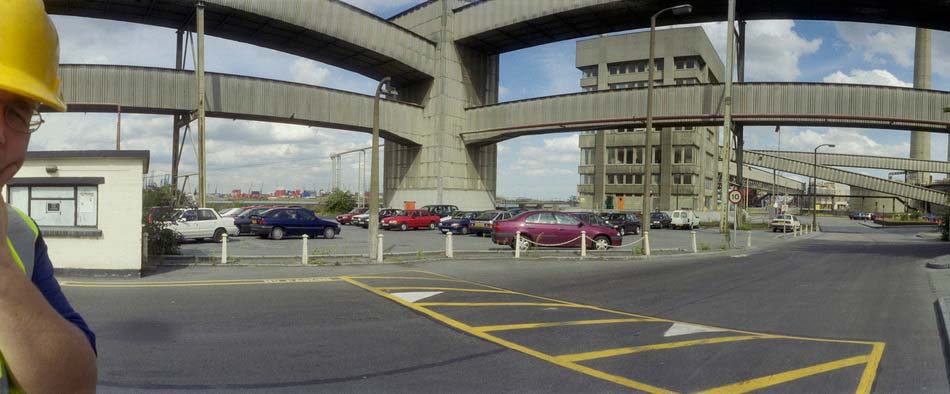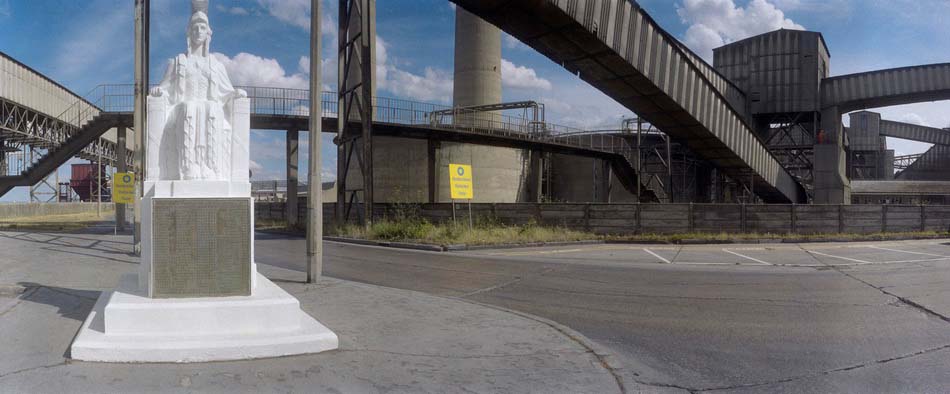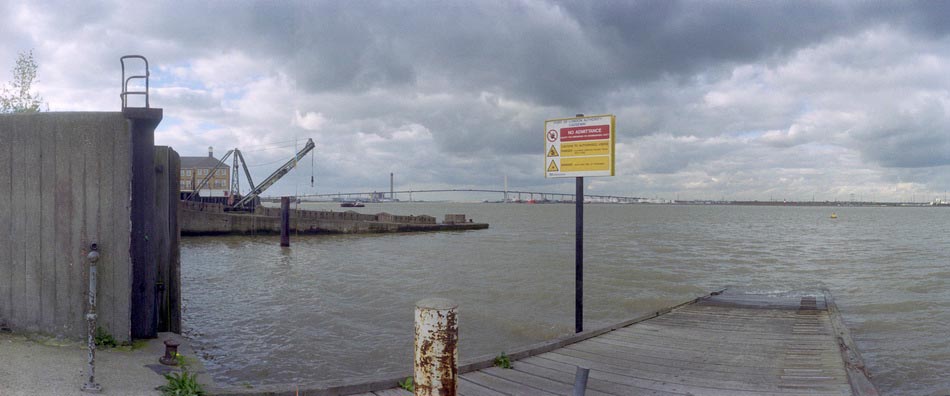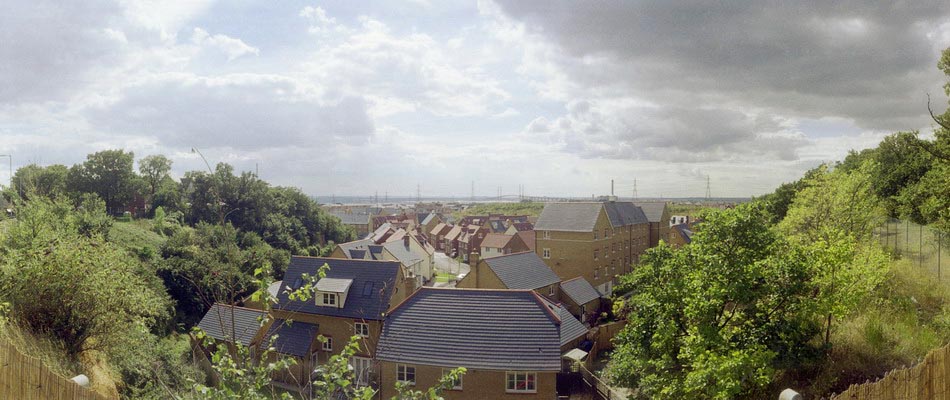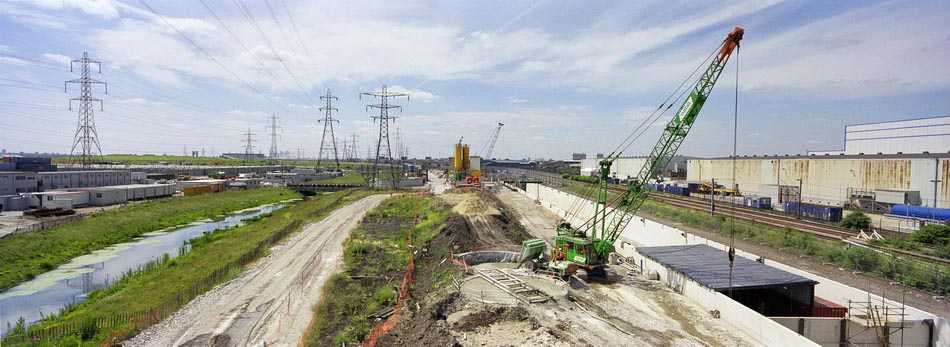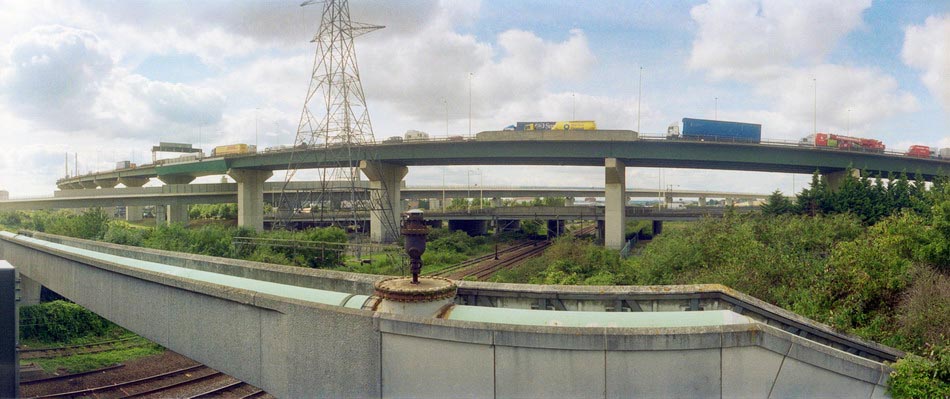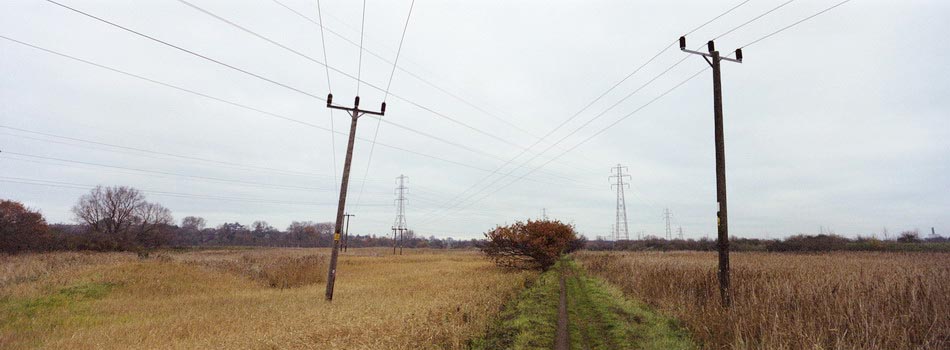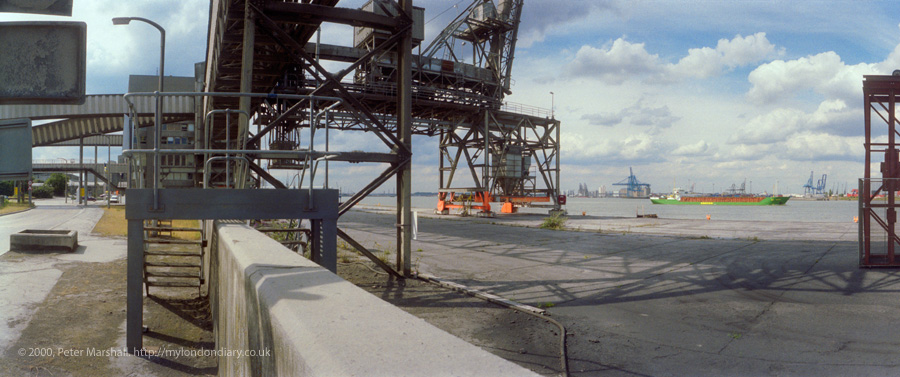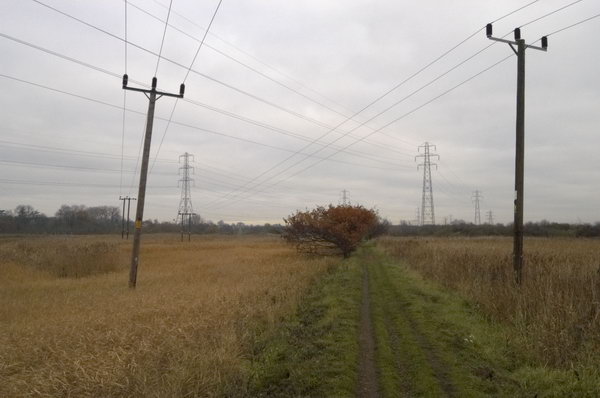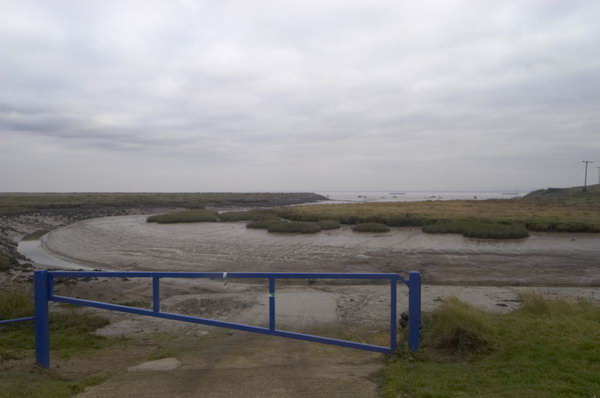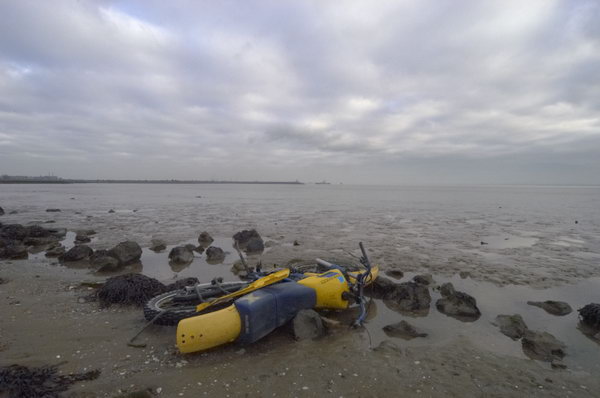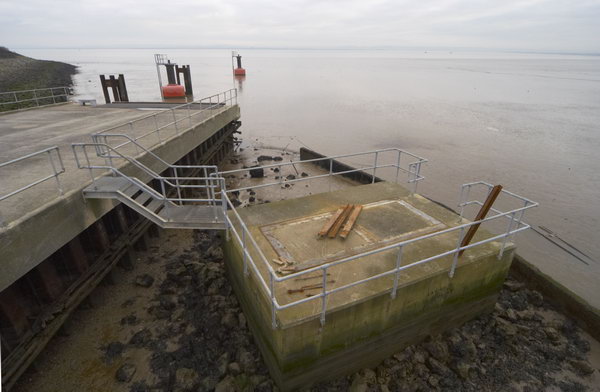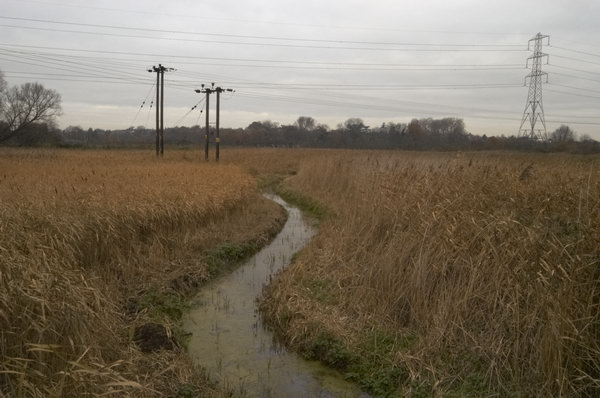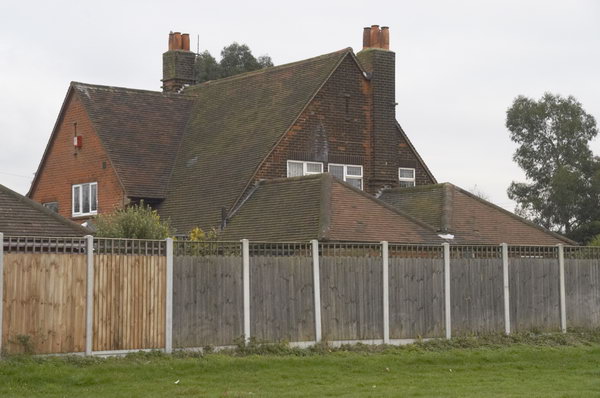Thames Estuary – Benfleet, Leigh and Canvey. I’ve photographed the Thames east of London on many occasions and found much of interest, but I’ve relatively seldom ventured right out to the real Thames Estaury, though there is no real consensus where that begins as the Wikipedia entry discuses. For some purposes it includes virtually all of the river in London, the tidal Thames which begins at Teddington, and extends all the way east, at least to the Isle of Grain.
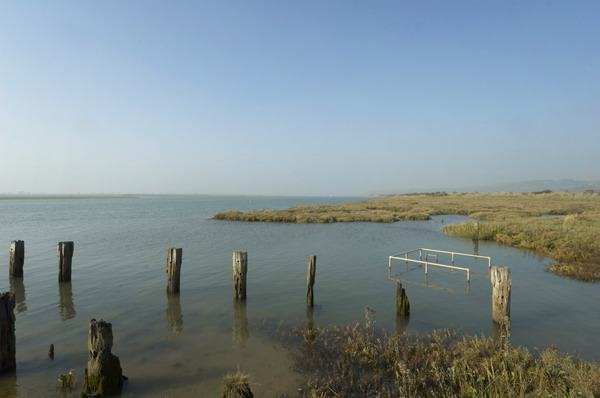
In my own own working definition I think of the estuary as meaning the river to the east of Greater London, the shores of Essex and Kent, perhaps as far as Southend to the north and Grain on the south. But by any definition this day of cycling out from Benfleet in Essex was definitely around the estuary.

Back in May 2023 I published here a piece here on the exhibition Estuary held ten years earlier to celebrate the 10th anniversary of the Museum of London Docklands in 2013 when I was delighted the show included ten of my panoramas along with work by eleven artists, some of them rather well-known. But none of the pictures in the Museum collection were taken on this ride, where I made only a few panoramas, none of which are yet on-line.
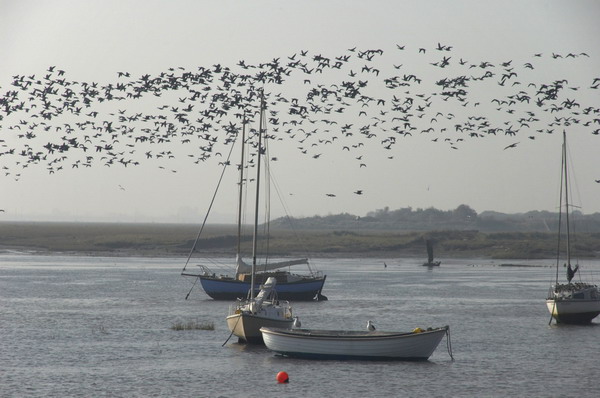
On Saturday 15 October 2005 I took my Brompton on the train to London, then on the tube to West Ham where I changed to a train to Benfleet station in South Benfleet. The road leads down from here towards Canvey Island, but a track leads off to the east just before the bridge running alongside Benfleet Creek. The public footpath I could cycle along leads all the way beside the Creek and then between Hadleigh Marshes and Two Tree Island and on to a bridge over the railway close to Leigh-on-Sea Station.
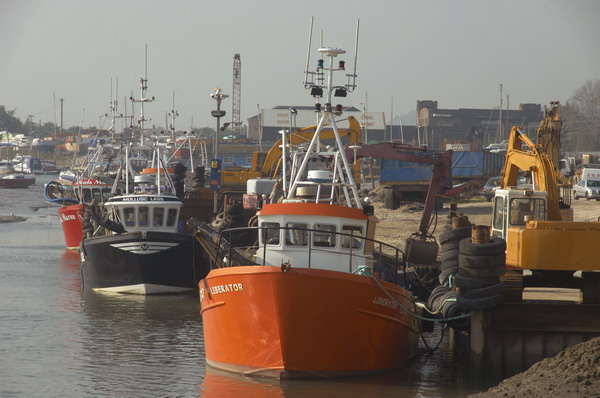
From there I had to cycle along the road, rather less pleasant as there was quite a lot of traffic and even in October quite a few people who had come to enjoy the seaside. Leigh has pubs, tea rooms, fishing boats and more, but I’d soon had enough and turned around to ride back.
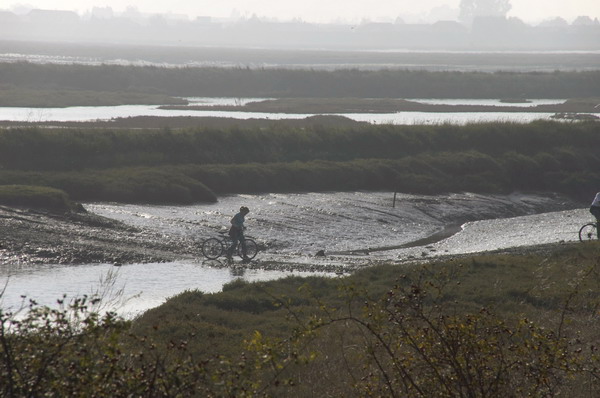
This time I took the road and bridge across to Two Tree Island. There is a crossing to the island you can take at low water but I didn’t take my bike across although I saw others doing so. There are rather more than two trees, but only one road, though with several car parks and it ends at a jetty where I could look across Hadleigh Ray to Canvey Island but go no further.
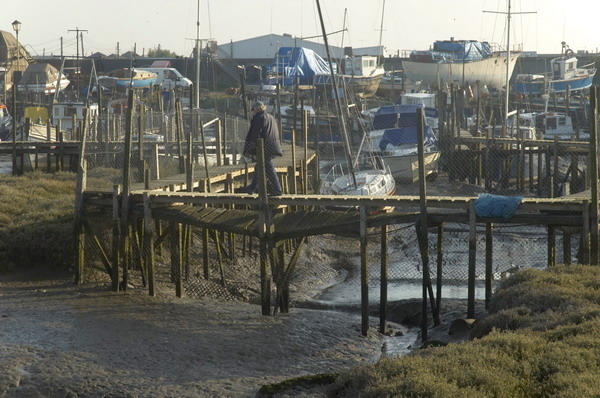
I turned around, cycled back over the bridge and along the footpath back to the bridge to Canvey Island which I then spent some time exploring and photographing. I think I had last been here in 1982 did recognise some of the places I’d photographed back then, but also found quite a lot more to photograph. I don’t think any of those earlier images are on-line as by the time I scanned them the images had deteriorated badly.
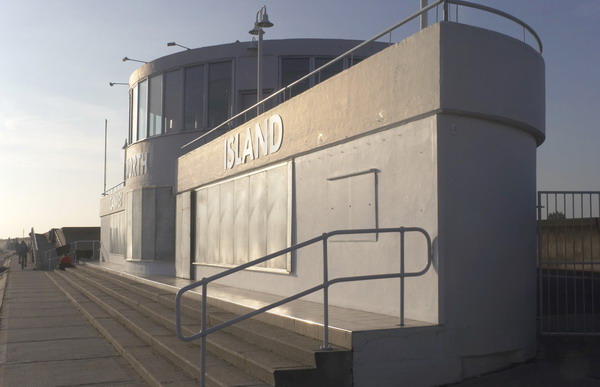
Too soon it was time to get back on my Brompton again and ride back to Benfleet for the train back to London.
See many more pictures from my ride on My London Diary.
